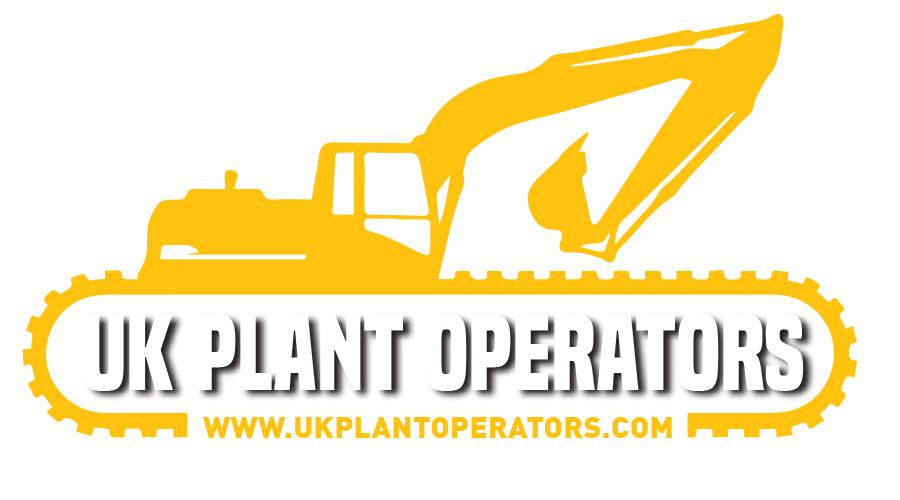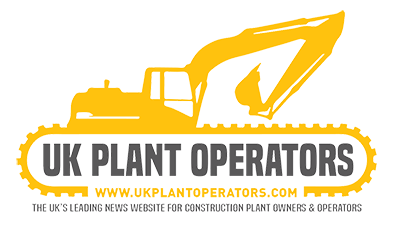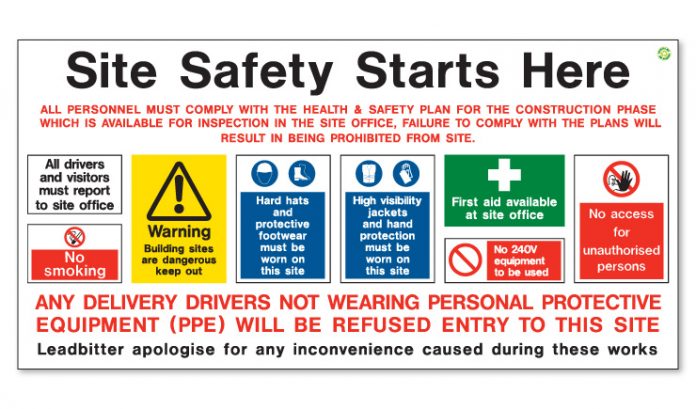![]()
Top 10 Health & Safety Risks In Construction
The construction industry accident fatality rate stands at more than double that of the all sector average – more minor accidents are almost incalculably more. Put simply, construction sites are a health and safety nightmare – almost every conceivable hazard exists within this constantly changing working environment.
But the hazards associated with construction sites are well known – most responsible employers are aware of their duty of care to employees, visitors, and those that may be affected by their activities, and will manage the site effectively, implementing appropriate accident prevention measures. Risk assessments are carried out by management to identify hazards and risks posed.
Listed below are just a few of the main hazards that are encountered on a typical construction site:
01, Working at Height
The construction of buildings – or indeed, demolition works – frequently requires tradesmen to work at height. Fatalities and injuries involving height relating factors account for many accidents each year.
The risks associated with working at a height are often increased by added access and mobility restrictions. Training, including safety awareness training is essential for employees required to work at height.
02, Moving Objects
A construction site is an ever changing environment; hazards are inherent to this industry and only increase as a construction project progress, as things rise and expand.
Construction sites can get quite hectic what with the shear volume of constantly moving vehicles and trades people – overhead lifting equipment shifting heavy loads, supply vehicles, dumper trucks everywhere, manoeuvring around a usually uneven terrain.
03, Slips, Trips, & Falls
When you consider the diverse range of activities going on at a construction site at any one time it seems hardly surprising slips, trips, and falls happen on an almost daily basis.
Construction sites are a mish mash of holes in the ground, buildings at various stages of completion, scaffolding, stored materials and equipment: you really do need eyes in the back of your head at times.
04, Noise
Noise is a major hazard within the construction industry. Repetitive, excessive noise causes long term hearing problems and can be a dangerous distraction, the cause of accidents.
Beware, using simple ear plugs does not necessarily offer total protection against hearing damage – employers are required to carry out and document a comprehensive noise risk assessment – and issue appropriate PPE.
05, Hand Arm Vibration Syndrome
Hand arm vibration syndrome, or ‘blue finger’ as it is commonly referred to, is a painful and debilitating industrial disease of the blood vessels, nerves and joints, triggered by prolonged use of vibratory power tools and ground working equipment.
This industrial disease is frequently cited in compensation claim cases opened by ex-construction workers who worked for years with little or no protection, using inappropriate and poorly maintained equipment.
06, Material & Manual Handling
Materials and equipment is being constantly lifted and moved around on a construction site, whether manually or by the use of lifting equipment. Different trades will involve greater demands, but all may involve some degree of risk.
Where employee’s duties involve manual handling, then adequate training must be carried out. Where lifting equipment is used, then adequate training must also be carried out, but may involve some form of test, to confirm competency. Records of training must be maintained for verification.
07, Collapse
Not exactly a hazard, more a risk – an accident in waiting.
Every year excavations and trenches collapse, bury and seriously injure people working in them – precautions need to be planned before the work starts.
The risk of an unintended collapse is generally more associated with demolition works or when a partially completed building or scaffolding collapses, but still accounts for a percentage of fatalities each year.
08, Asbestos
Today there is a new generation of construction workers, including; joiners, electricians and plumbers for whom asbestos is seen as a historical problem, something from the past that’s now long gone…but that is a mistakenly.
There are an estimated 500,000 public buildings in the UK that contain harmful asbestos materials: often hidden away, forgotten, and by and large, harmless – in its undisturbed state. Workers need to know where it is and what to do if they come across suspicious materials that might contain asbestos.
09, Airborne Fibres & Materials – Respiratory Diseases
Construction sites are a throng of activity and kick up a lot of dust…an often invisible, fine, toxic mixture of hazardous materials and fibres that can damage the lungs, leading to diseases such as chronic obstructive pulmonary, asthma and silicosis.
Simply issuing PPE is not enough…employers have a duty to ensure protective equipment is actually used. Failure to do so could render an employee to disciplinary action and in hot water with the health and safety executive.
10, Electricity
On average, three construction industry workers are electrocuted each year during refurbishment work on commercial and domestic buildings. People working near overhead[2] power lines and cables are also at risk. There are also a growing number of electrocutions involving workers who are not qualified electricians but who are carrying electrical work, such as plumbers and joiners and decorators.























